National Plan for Vacation Day is in January for a reason - and it is not just because we are emerging from our holiday stupor with big plans for the New Year and dreams of summer fun. Reservations for many of our public lands’ most spectacular natural wonders often need to be booked well in advance. Booking windows for timed entry and campsite reservations vary by location, but for popular National Parks it is common to make reservations up to six months in advance, making it crucial to plan early and be aware of what reservations you will need and when they become available.
National Forests are a great option if you are trying to avoid crowded parks, but there are still plenty of destinations on forests that need to be reserved in advance. Keep reading to discover what kinds of National Forest adventures you need to book early and tips for how to reserve these unforgettable experiences.
Campgrounds
Not all campsites need to be booked months in advance, but there are popular campgrounds that fill up quickly. It is important to identify how early you need to make a reservation based on where you want to stay.
A booking window refers to how far in advance visitors can make a reservation for that location on Recreation.gov. Most campgrounds have a six-month booking window, but the length of the window can vary by location. To find out which booking window your chosen campground uses, you can check the “Seasons and Fees” tab on the campground’s Recreation.gov facility page to view the available booking windows and season dates.
In addition to a six-month booking window, it’s becoming more common for locations to also offer a shorter booking window (ex. seven days, two days, or even day-of) to accommodate more spontaneous visits.
Once you know where you want to stay and when you need to book, it is time to make a reservation game plan. Keep reading to the end for tips on how to prepare for the big day!
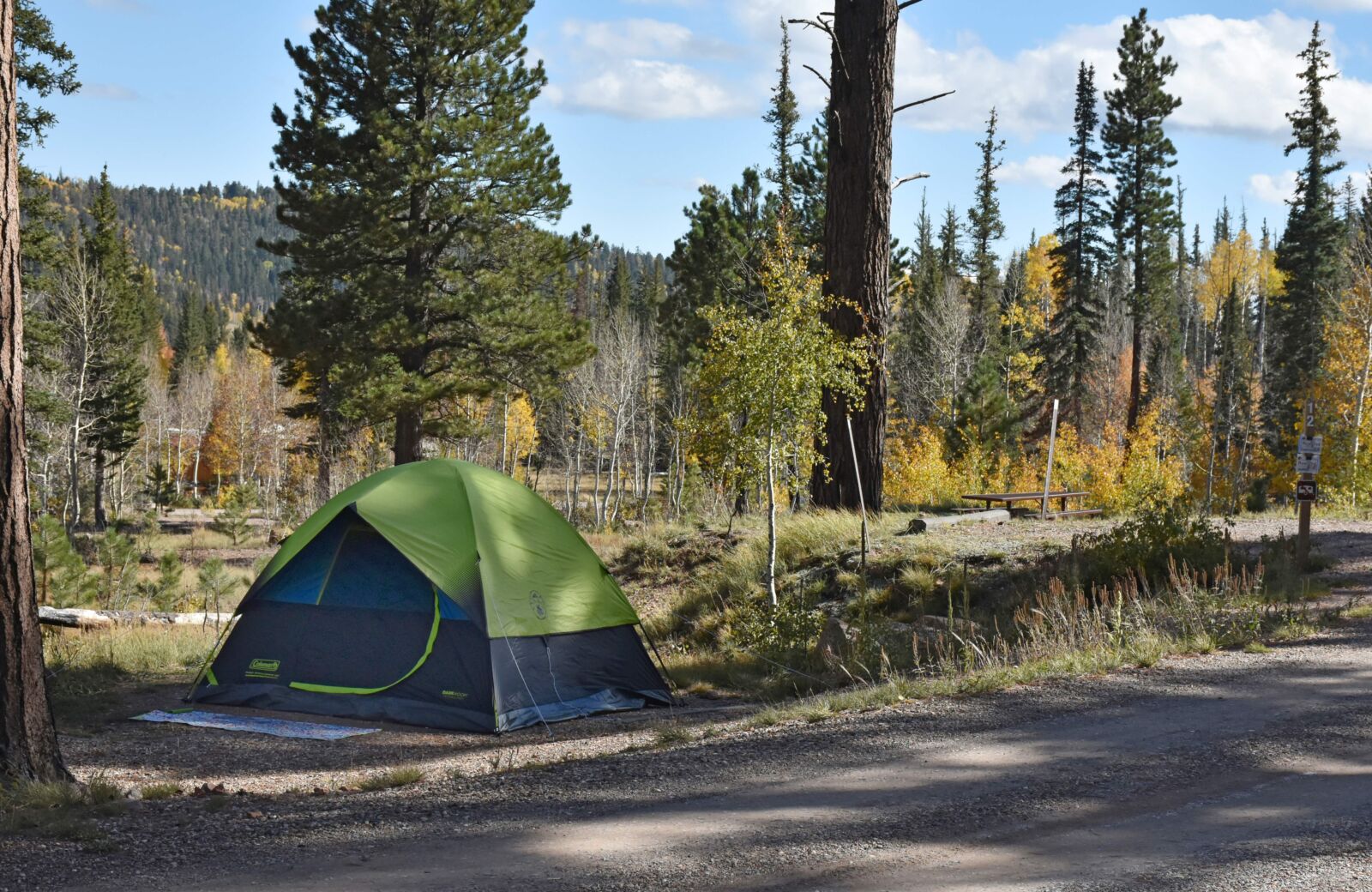
Located just seven miles from the Grand Canyon National Park, DeMotte Campground is located within the Kaibab National Forest in the scenic Northern Arizona high country. Visitors to DeMotte Campground can enjoy camping and picnicking, sight-seeing, wildlife viewing, and access to the North Rim of the Grand Canyon. Photo by Dyan Bone, courtesy of the U.S. Forest Service.
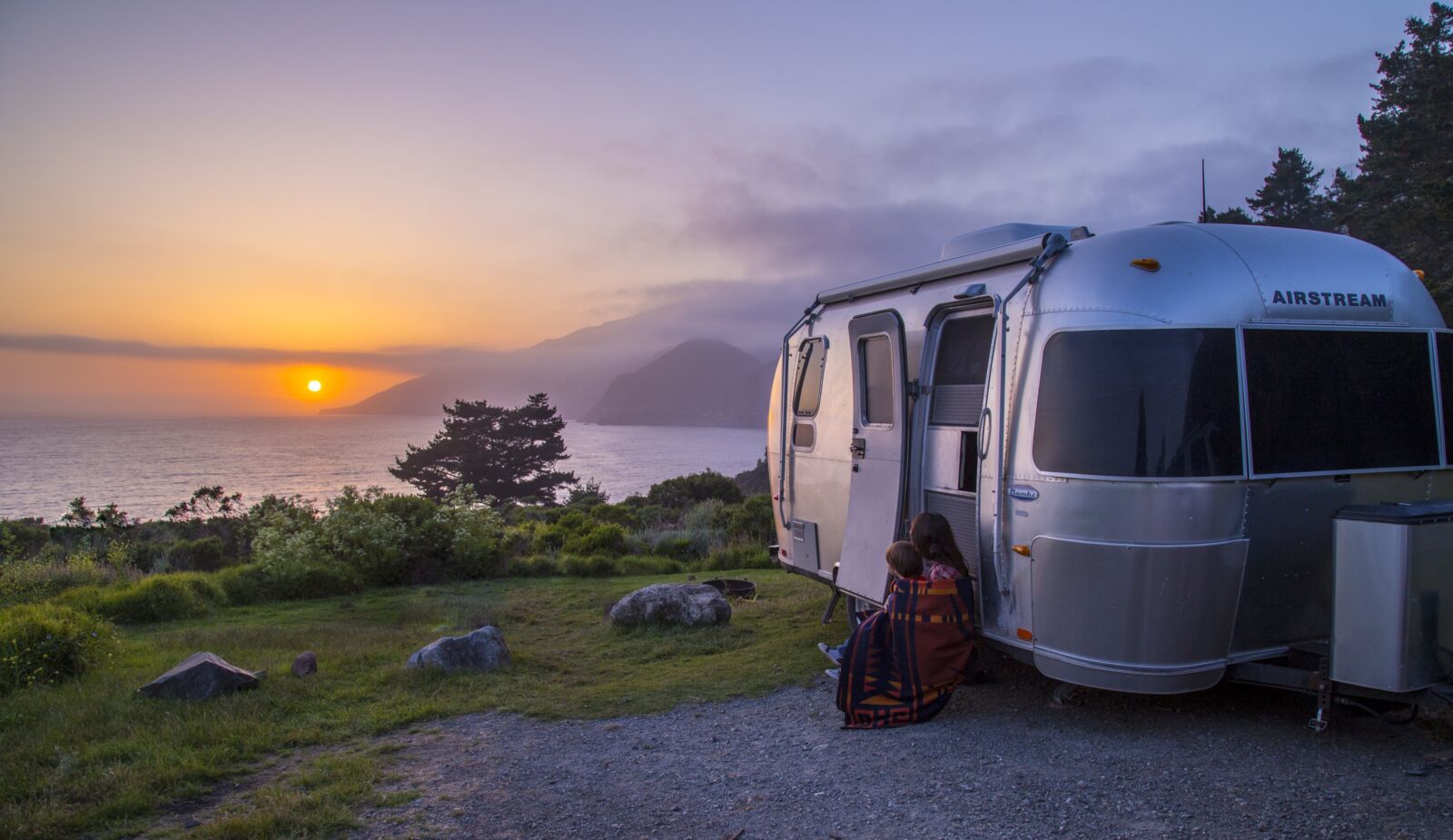
Kirk Creek Campground is an oceanside paradise along the California coast, with each site overlooking the Pacific Ocean. The campground is located on a bluff overlooking the Big Sur shoreline and is close to a variety of scenic trails that lead visitors into the Los Padres National Forest, or down to the beach. Photo by Nina Ritchie.
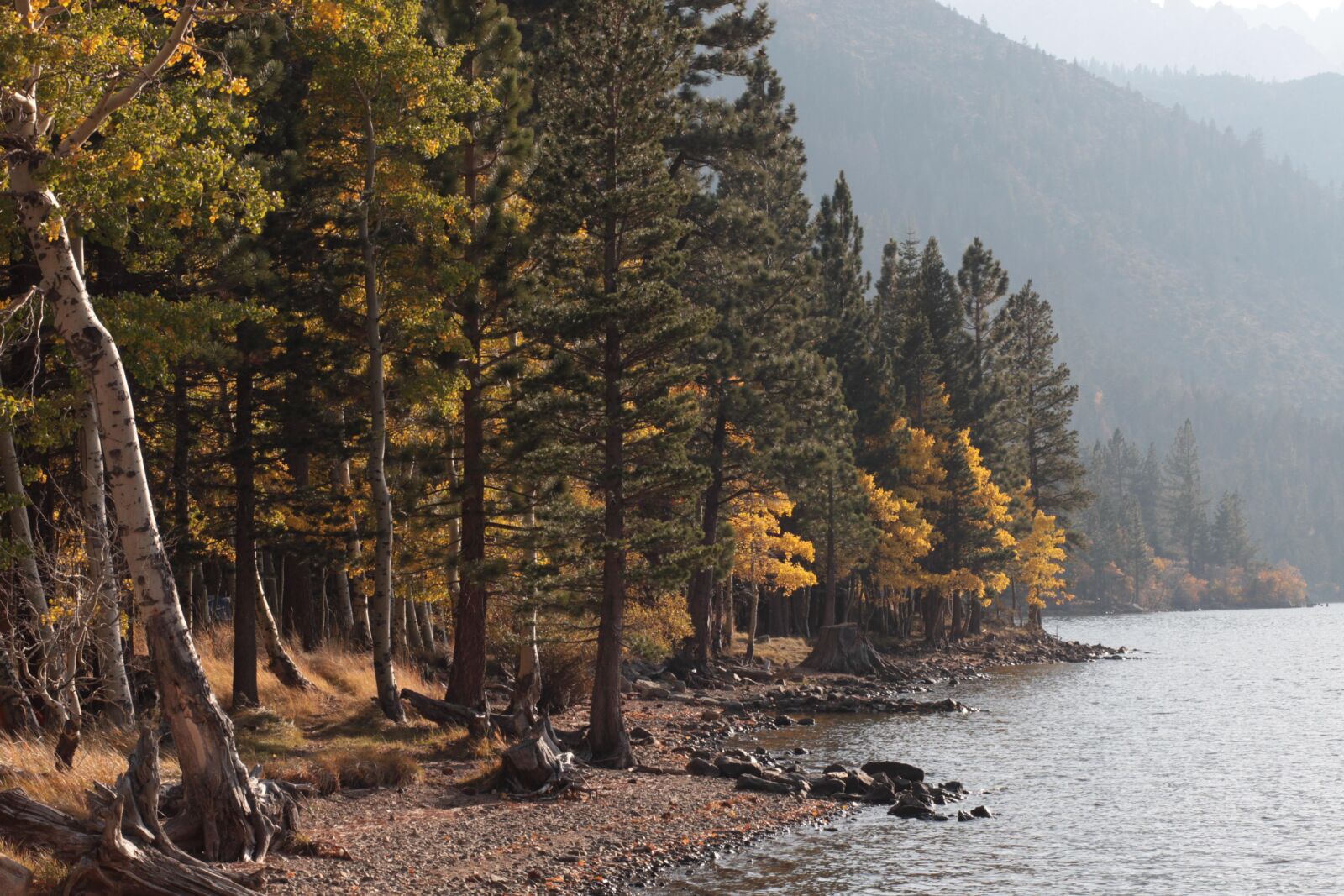
Located on the shore of Inyo National Forest’s Twin Lakes in the eastern Sierra Nevada Mountains, Twin Lakes Campground offers stunning views and easy access to fishing, boating, waterfall hikes, and amenities in nearby Mammoth Lakes, California. Photo by Gina Collecchia.
Cabins & Yurts
Cabins and yurts offer a bit more structure for your stay in the wilderness. Old ranger stations offer rustic comfort and storied history, making them a popular choice for visitors looking for a unique backcountry experience. Some cabins and yurts offer more amenities than others, so be sure to check the facility information on Recreation.gov and consider your needs and comfort level before reserving your stay.
With a limited number of cabins and yurts across the country reservations go quickly, so be flexible and plan ahead to snag one of these memorable stays!
Experience One-Of-A-Kind Locations and Landscapes.
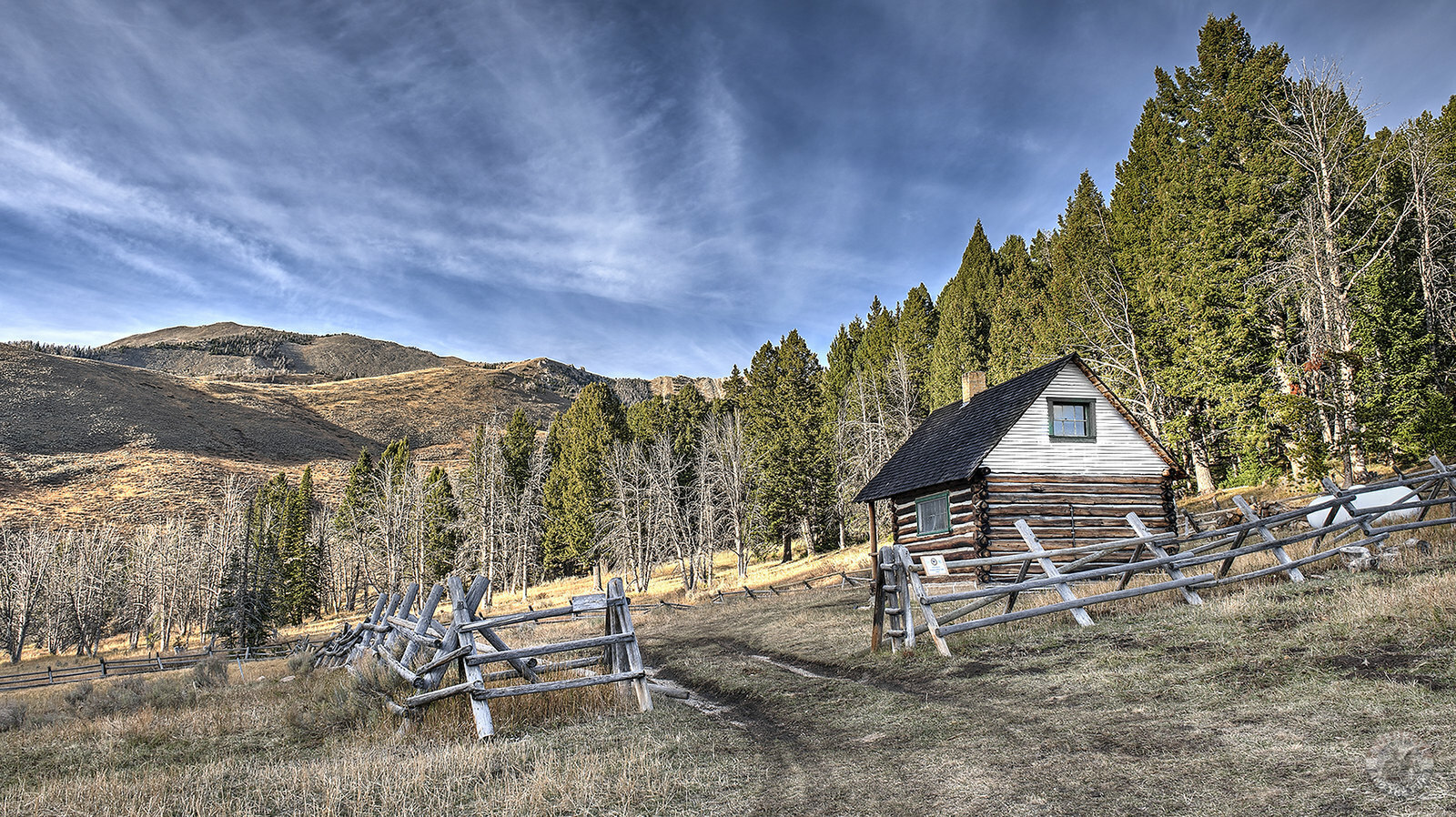
The Antone Cabin, constructed in 1929, sits in a beautiful open meadow, at the edge of a thick forest, providing visitors with a unique camping experience on the southwestern end of the Snowcrest Mountain range in Montana’s Beaverhead-Deerlodge National Forest. The cabin is open from July through December and is popular throughout the rental season. Photo by Terry Musgrove.
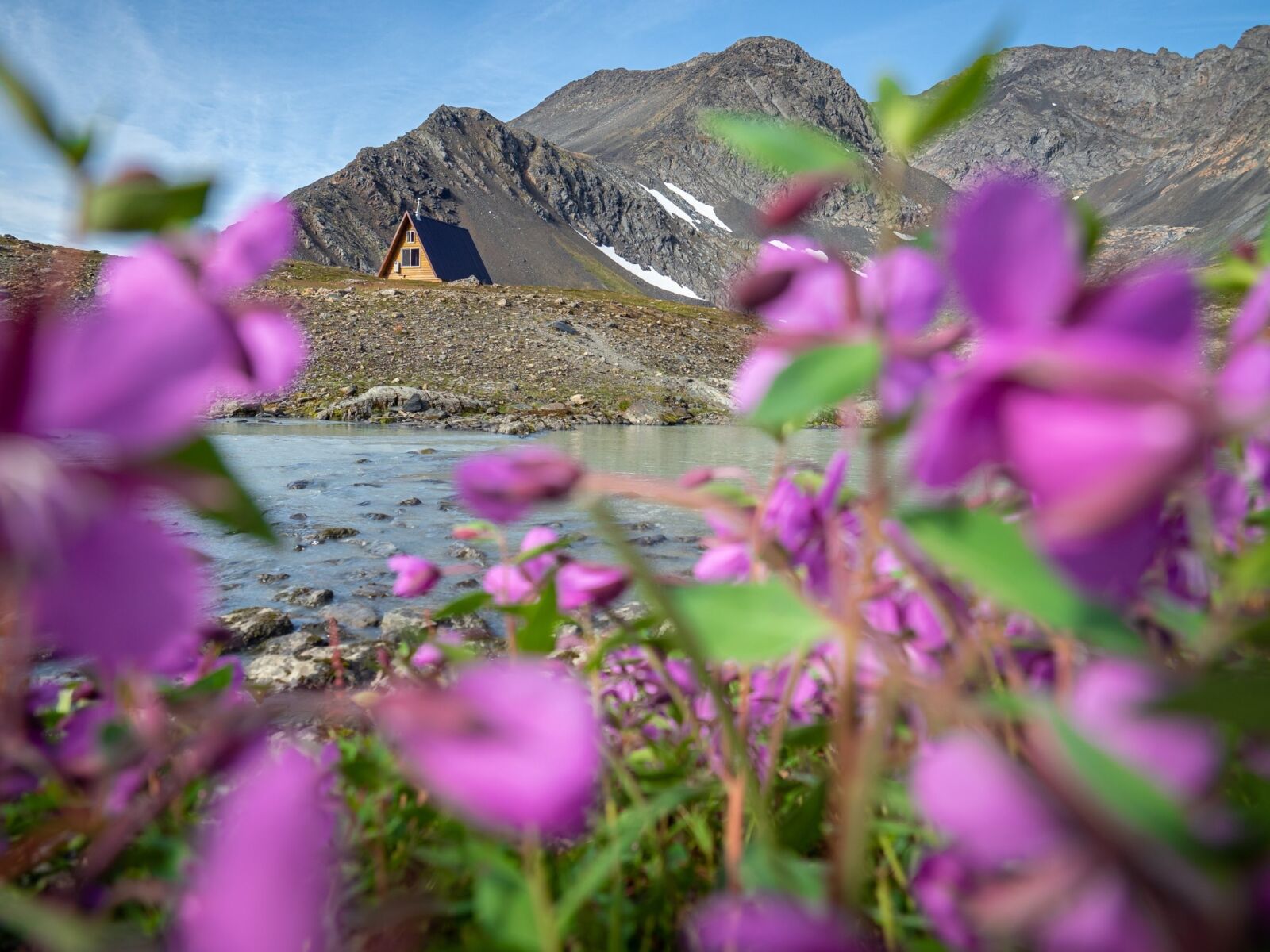
Crow Pass Cabin, located in Alaska's’ Chugach National Forest, is popular for its historic sites, stunning scenery, and wildlife watching opportunities. The cabin is an ideal stop for visitors hiking the Crow Pass Trail, or for visitors interested in a good base camp for mountain climbing or backcountry skiing. Photo by Sarah Conlin.
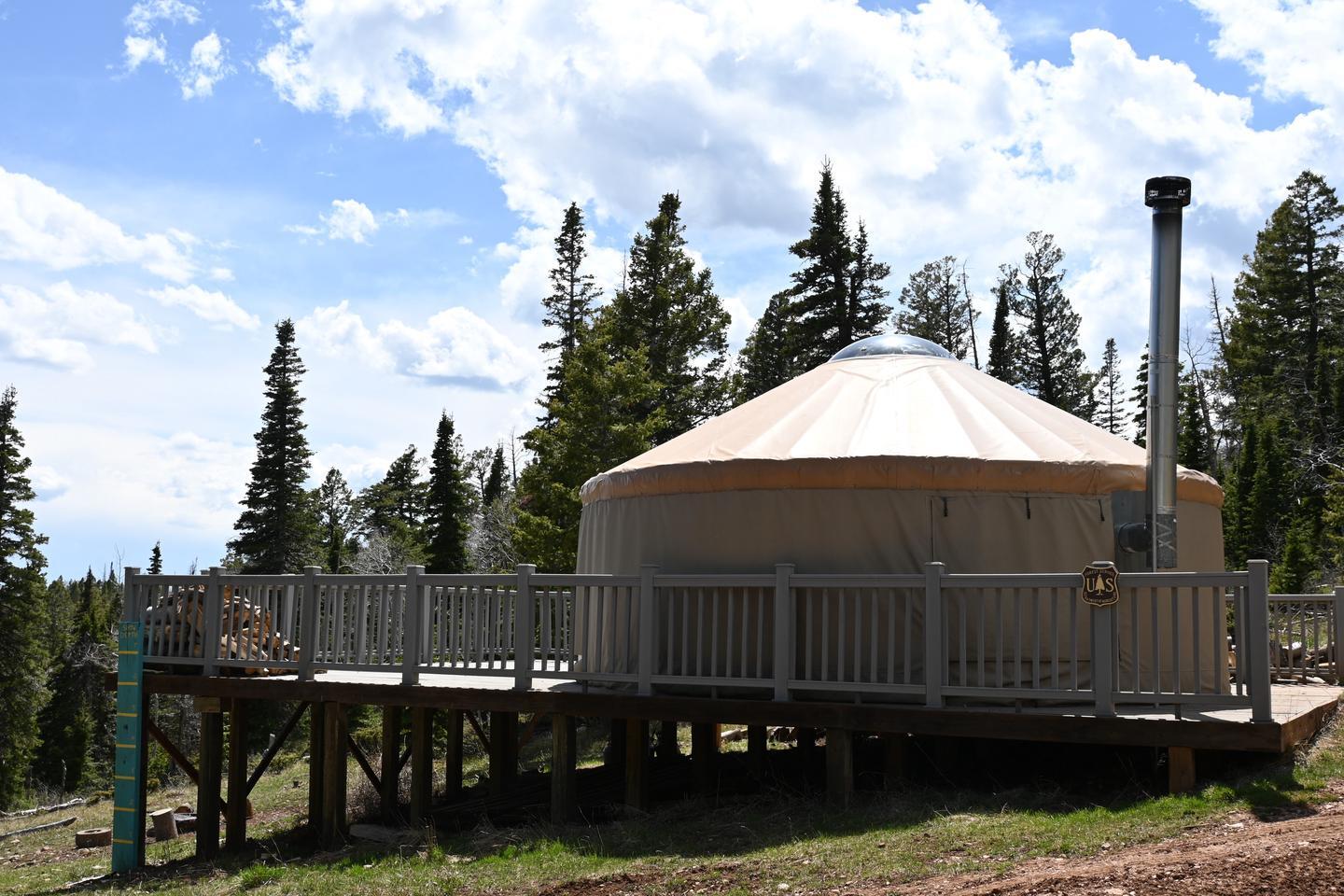
Grizzly Ridge Yurt on Utah’s Ashley National Forest offers a great base camp for exploring the Flaming Gorge National Recreation Area and Grizzly Ridge. Enjoy the world-class fishing, dramatic cliff views, and the abundant flora and fauna of the area from the rustic comfort of a yurt! Photo by Claire Wille, courtesy of the U.S. Forest Service.
Lookout Towers
Once used to spot wildfires (and even enemy aircraft!), today lookout towers can be rented across the West for around $30-$50 a night. From high on the mountain, the view from these cabins’ 360-degree observation decks is unlike any other, with panoramic vistas as far as the eye can see, soothing sunrises, and spectacular sunsets.
With only a couple hundred towers across the West, lookouts are in high demand, so your best bet is to reserve the location you want as soon as the booking window opens. Read the description of the lookout closely before the window opens to be sure it fits your needs (for example, can you drive to the lookout, or do you need to hike in?).
Check Out These Fire Lookouts in Oregon + a Few Tips on Booking Your Own.
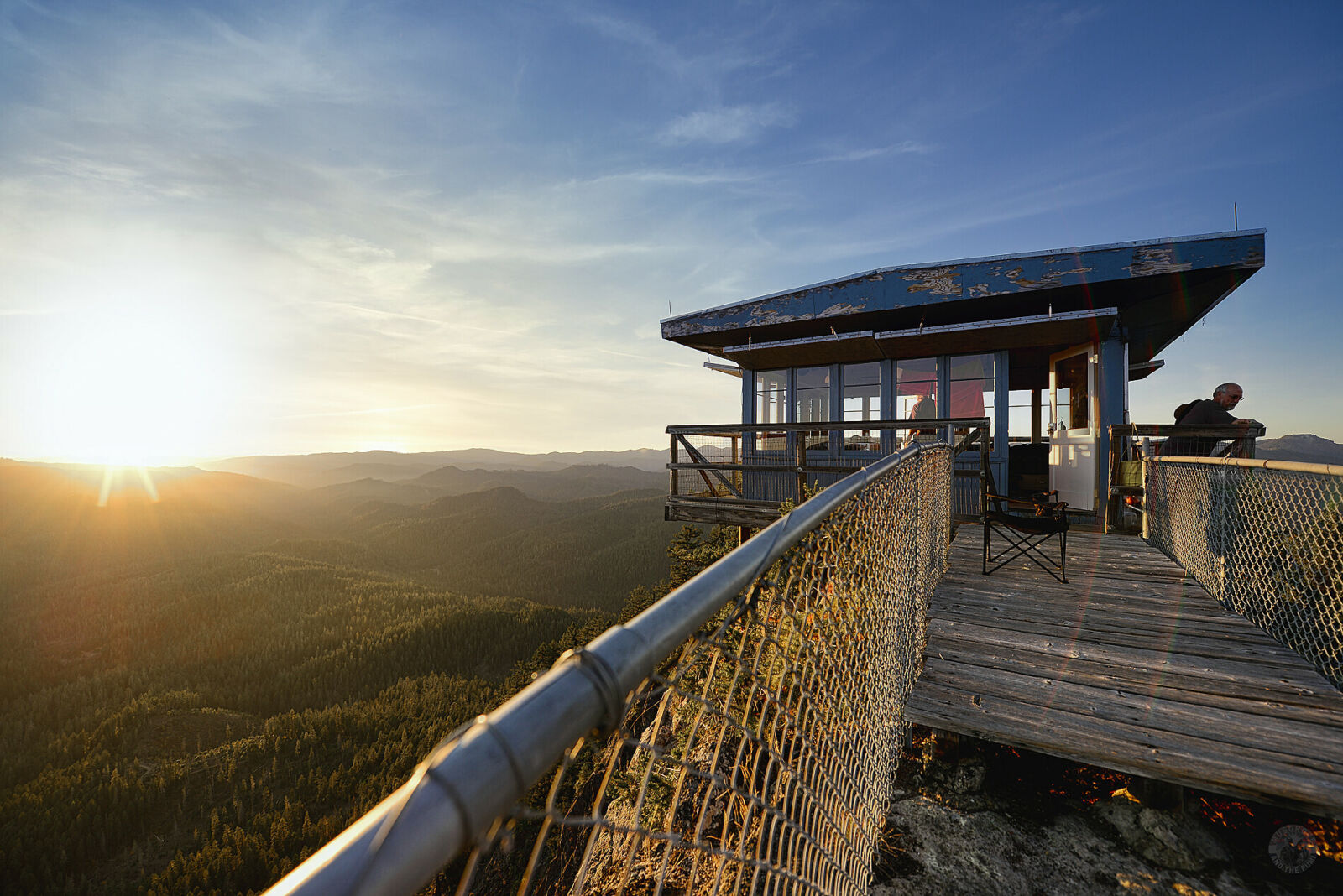
Perched atop the edge of a rocky cliff in the Umpqua National Forest, Acker Rock Lookout offers visitors a unique lodging experience with spectacular panoramic views of the South Umpqua watershed in southwest Oregon. The lookout tower is generally available for reservation from August 1 through November 15 (depending on snow). Photo by Terry Musgrove.
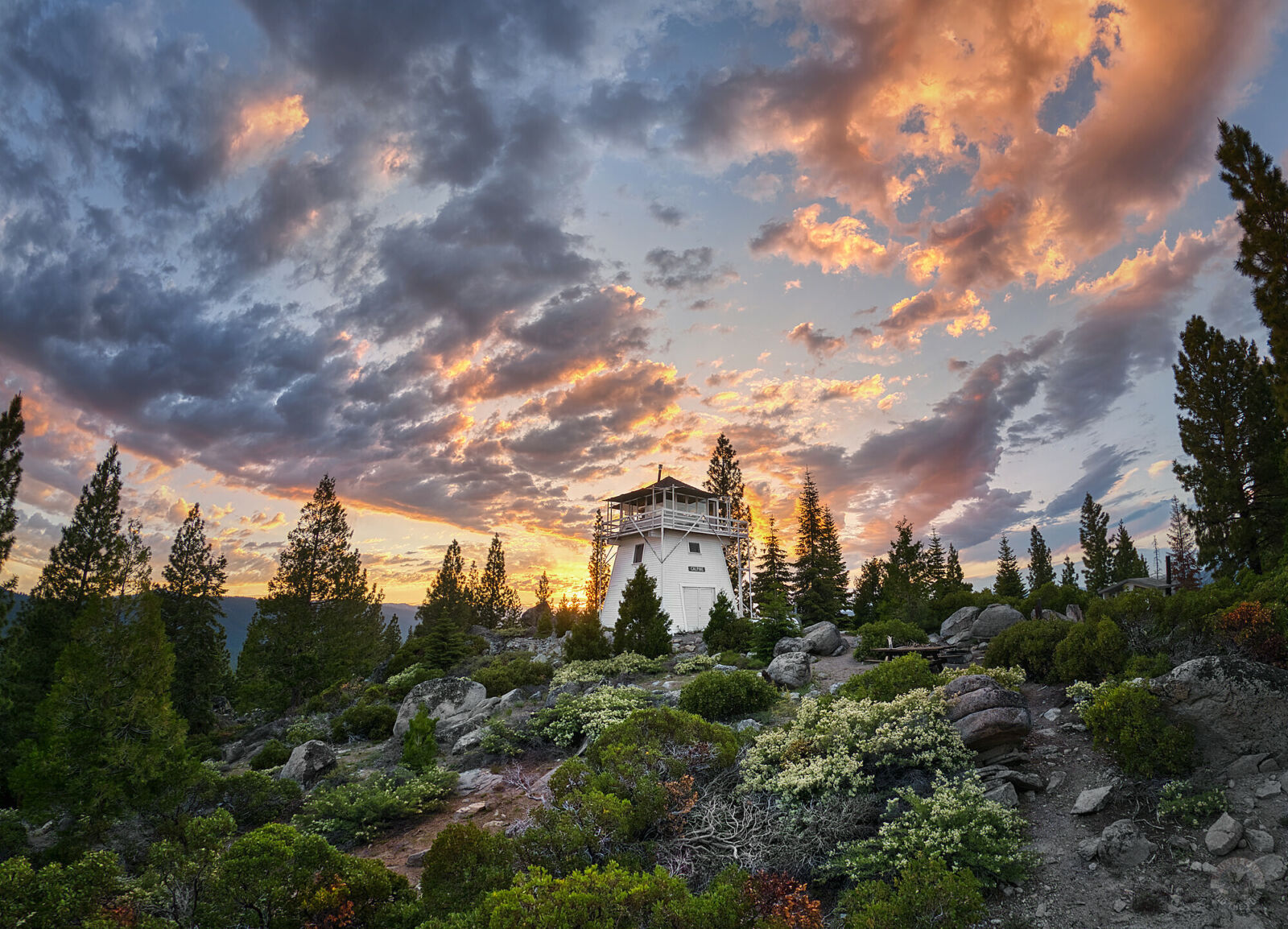
Painted all white, Calpine Lookout shines like a beacon on its 5,980 foot hilltop hideaway in California’s Tahoe National Forest. It is one of the last three windmill-style lookouts in the state. Photo by Terry Musgrove.
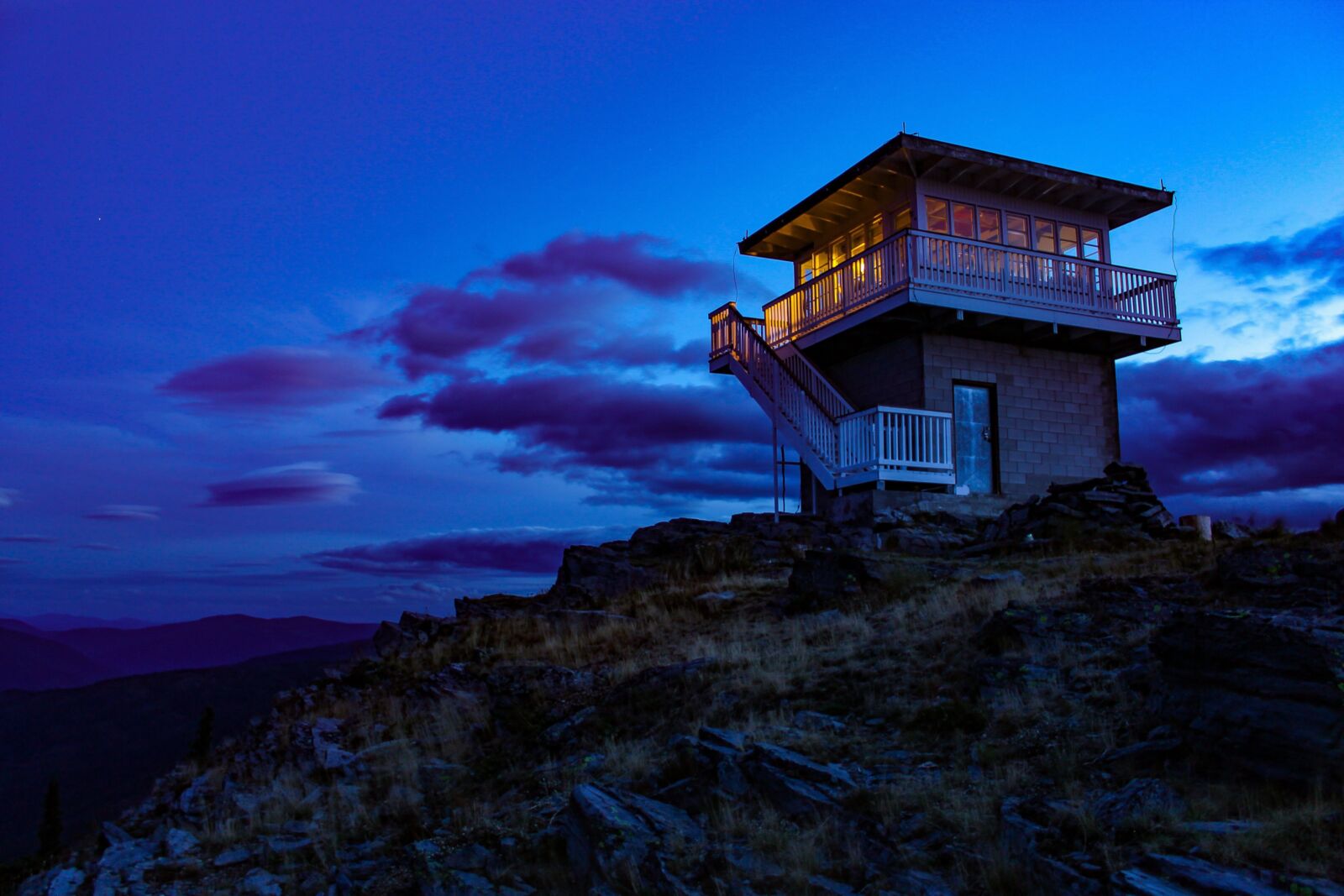
Webb Mountain Lookout is perched at 5,988 feet atop its namesake mountain in Montana’s Kootenai National Forest where visitors can hike, view wildlife, and take in the awe-inspiring scenery. The lookout is open from June 1 to September 30, weather permitting. Photo by Cody Hanson.
Unforgettable Experiences
Lodging in campgrounds, cabins, and lookout towers aren’t the only experiences you may need a reservation for on a National Forest. Many of our public lands’ most scenic destinations require reservations or permits for recreation activities to reduce the human impact on these special ecosystems and generally enhance visitor experience.
Always check the U.S. Forest Service website or the local ranger district if you need a permit for the area you plan to visit or for the activity you have planned (such as backpacking, rock climbing, or boating).
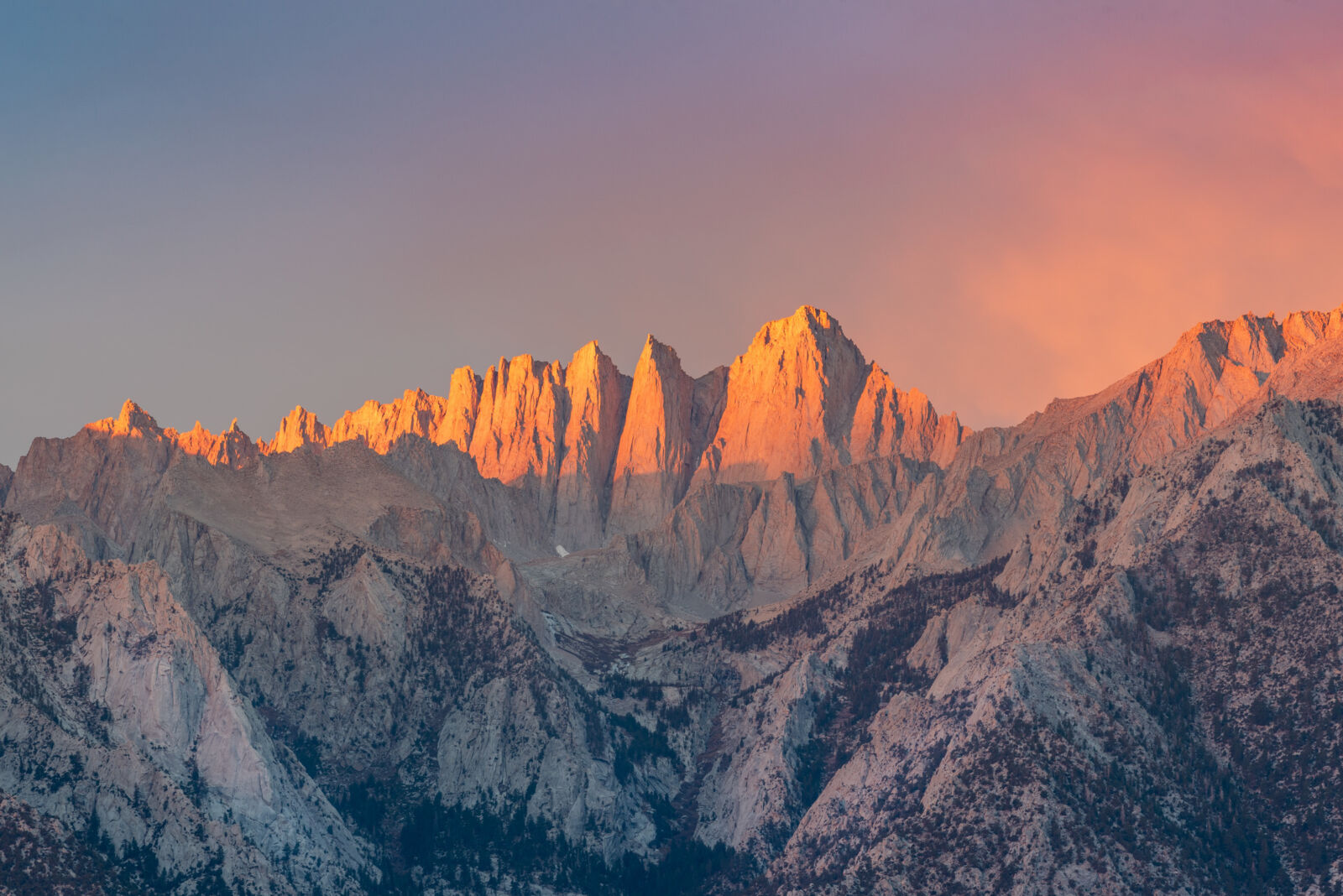
The Mt. Whitney Trail starts in California’s Inyo National Forest at Whitney Portal, and gains over 6,200 feet of elevation before reaching the iconic summit in Sequoia National Park. The permit lottery for hiking Mt. Whitney in 2025 opens on February 1 and ends March 1. Photo by Veronika Vaneckova.
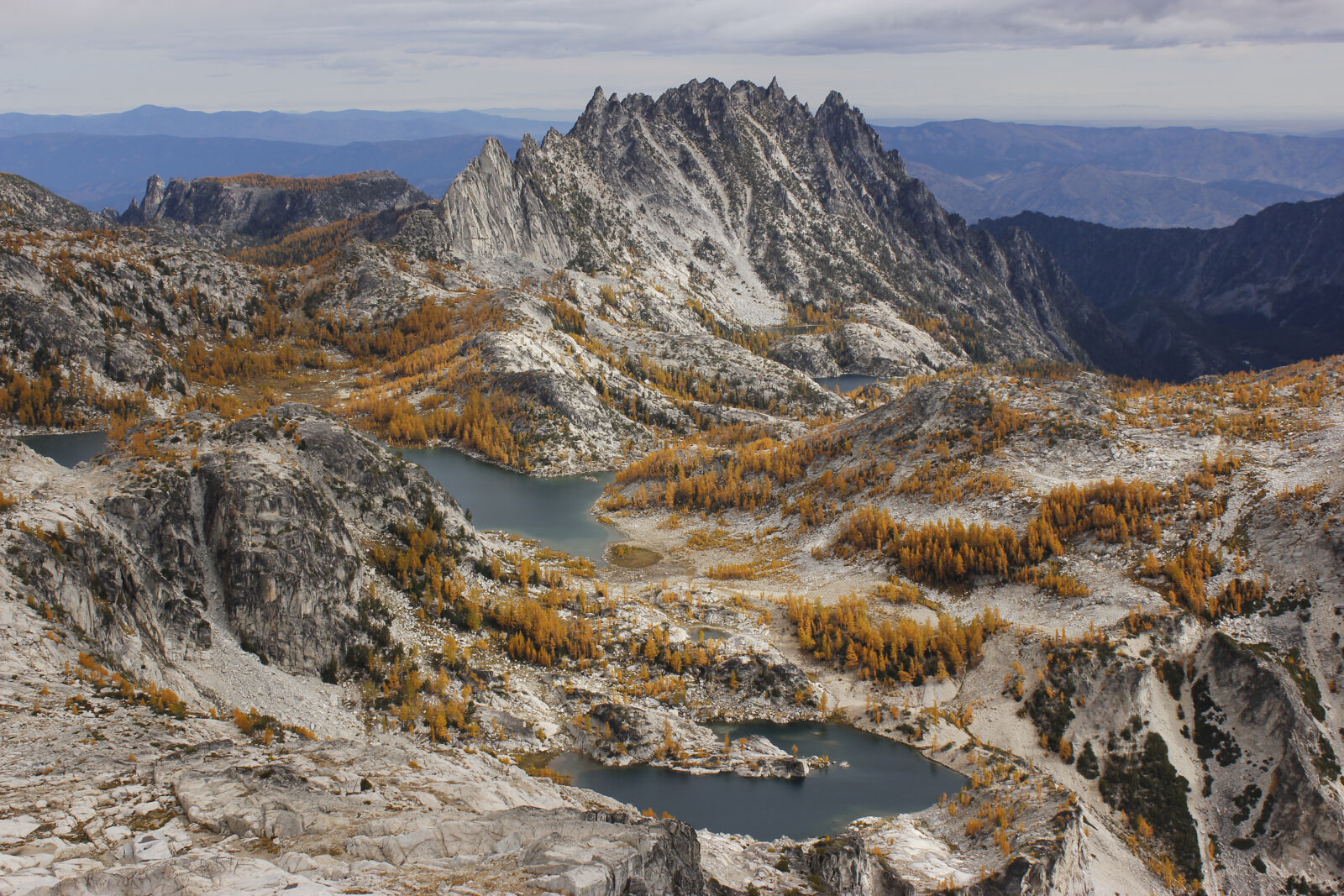
Contained in the Okanogan Wenatchee National Forest, The Enchantments are an alpine paradise tucked into the Cascade Mountains of Washington State full of soaring granite cliffs, crystal blue lakes, and herds of mountain goats. Permits are required for day and overnight use in this area and open for the 2025 season on February 15. Photo by Matthew Tharp, courtesy of the U.S. Forest Service.
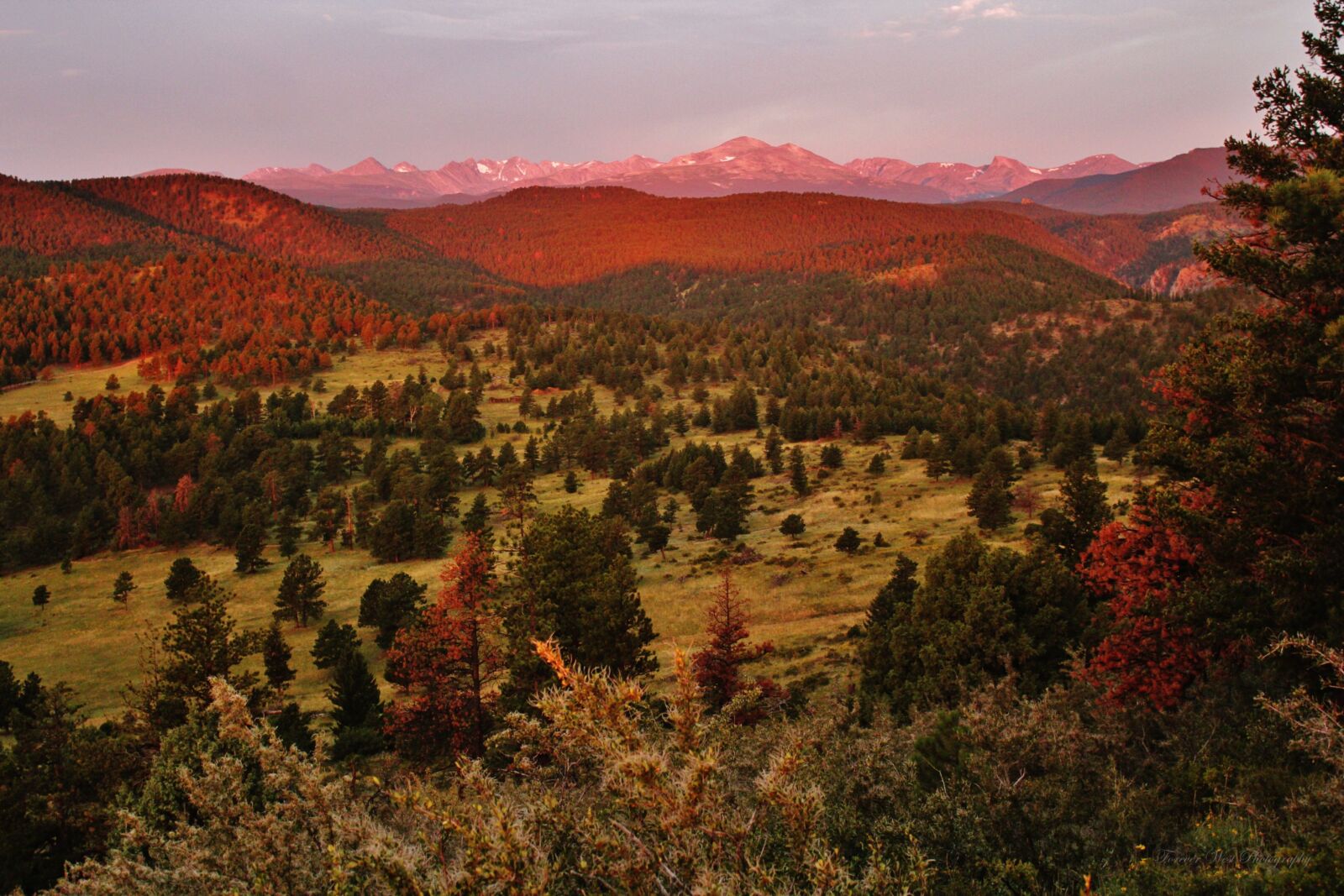
Indian Peaks Wilderness in Colorado’s Arapaho and Roosevelt National Forests – a popular destination just outside of Denver with over 133 miles of trails through stunning alpine environments and six passes over the Continental Divide. As one of the most heavily visited wilderness areas in the country, each of its backcountry zones has a permit quota to limit the impact of repeated use. Permits for the 2025 season will be released on March 4. Photo by David Broome.
Tips for Making a Reservation
Recreation.gov is the federal government’s centralized travel planning and reservation platform where you can search for and book all the campsites, cabins, permits, and passes you’ll need to visit a National Forest. As you beginning to plan for your next summer adventure on Recreation.gov, remember:
- Be prepared. Research the reservation window for your desired location or experience ahead of time and set a reminder to book as soon as the window opens. Most inventory is released at 10 am ET, so create or log in to your Recreation.gov account ahead of time to be ready as soon as the window opens.
- Be flexible. Popular times like summer holidays and weekends are the hardest days to book. If you are able, consider booking mid-week or during non-peak seasons.
- Have a backup plan. If you aren’t able to book your first choice, have a few backup options that include less popular dates or locations.
- Be on the lookout. Reservations get cancelled all the time. If you weren’t able to make a reservation when the booking window opened, set an availability alert in your profile which will notify you when a reservation becomes available at the location during your selected dates.
If you aren’t able to reserve your dream campsite or win the permit lottery on the first go, don’t be disheartened. It is true that there are a lot of amazing destinations and experiences on National Forests that are worth getting a reservation for, but there are also plenty of trails to hike, picnic spots to savor, and views to see without any advance notice at all.
Keep an open mind and get in the habit of checking the availability of the places you want to visit. With a bit of advance planning and flexibility, you are bound to have a memorable adventure!
--------
If you enjoyed this article and want more tips on recreating on National Forest lands, or if you’d like to learn about how the National Forest Foundation is improving recreation access, infrastructure, and sustainability—while also restoring health and resiliency to the 193-million-acre National Forest System—be sure to sign up for Tree-Mail™ today!

